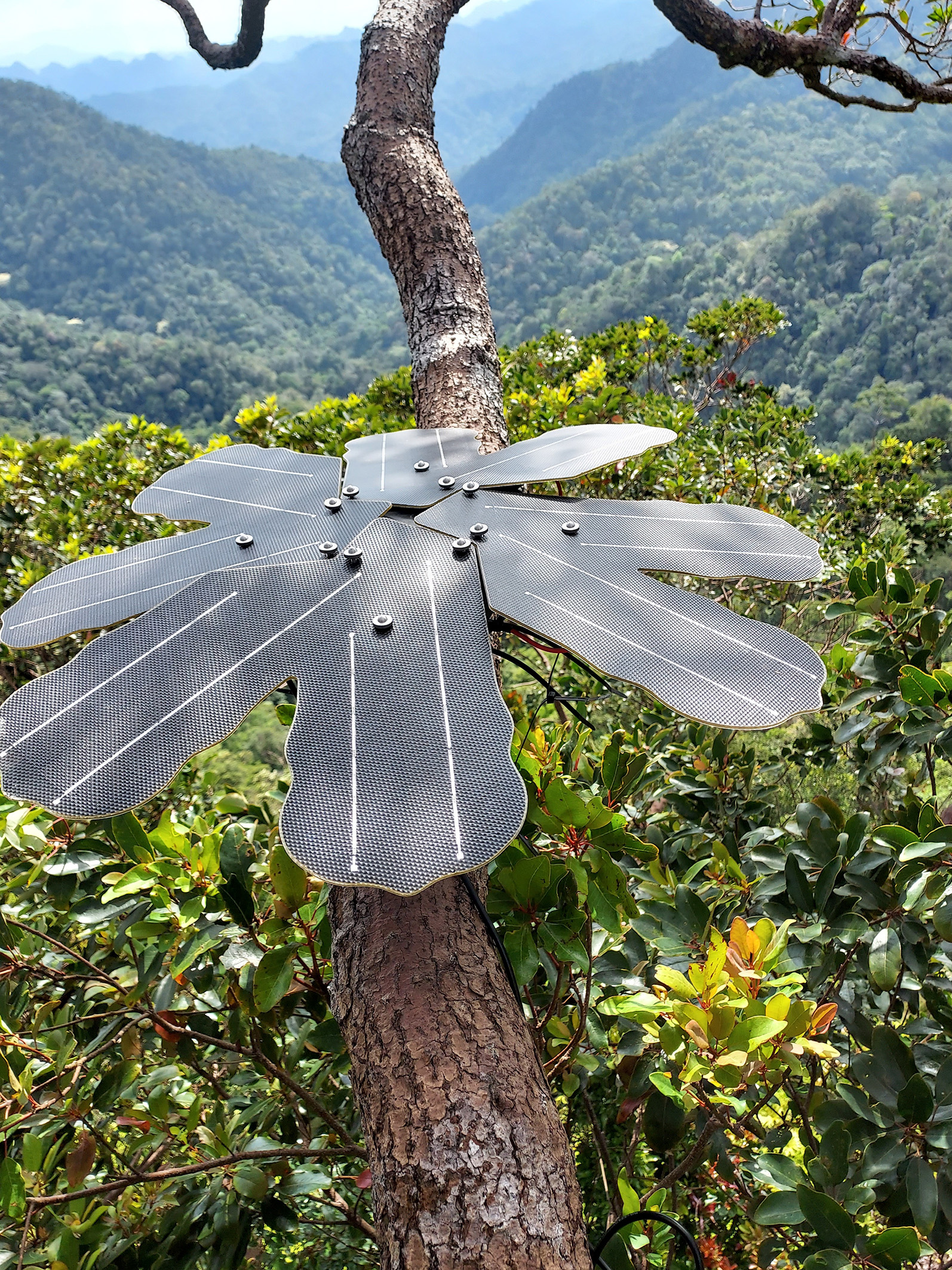
At the heart of the Rainforest Connection’s work are Guardian devices powered by solar electricity. These devices transmit live sound recordings from rainforests.
Artificial intelligence is used to analyze the data, detecting sounds of threats. When the sound of chainsaws is detected, rangers are alerted on site and directed to the location.
This facilitates greater ranger safety and the ability to monitor much larger areas to protect the world’s remaining forests from being illegally logged.
Rainforest Connection Rainforest Connection has deployed over 500 of these devices in 30 countries to date, with active projects currently in 25 countries.
The hardware is also used to monitor biodiversity, such as the presence of primates, birds, frogs, insects, and bats.
Rainforest Connection has collected more than 92 million minutes of sound recordings in recent years, including numerous recordings of endangered and endemic species. The recordings valuable for scientific research and informing conservation impact on the ground.
To ensure that the devices can not only “hear” but also “smell,” both partners are collaborating to equip a number of Guardian devices with Infineon’s XENSIV PAS CO2 sensor.
The goal is to considerably expand the database for recording biodiversity: in the future, sound recordings can be linked with other information including temperature, humidity, ozone and now CO 2.
Rainforest Connection will be able to add CO 2 data to their biodiversity analysis to look for further insights on forest health and to identify areas that need to be protected.
The teams are also looking forward to seeing if there are links in how animals react to sensitive changes in the microclimate.
Rainforest Connection has already deployed ten of these devices in Brazil during the summer of 2022.
The deployment showed that the CO 2 sensor provides tremendous data that will help monitor biodiversity.
The teams are also exploring how advanced sensors can be used to detect wildfires.







